The malt it is a product of vegetable origin, specifically a derivative of cereals. In cooking, it is used both as an ingredient and as a food; with regard to this last purpose, although it is NOT a frequent or conventional practice, the malt can also be consumed rehydrated and cooked by boiling.

Although the term "malt" refers mainly to that of barley, it can also be produced from other types of seeds; for example: wheat, rice, corn, rye, sesame, spelled etc. The common characteristic of all types of malt is the notable presence of semi-hydrolyzed carbohydrates; the prevailing carbohydrate is no longer starch, which abounds in the seed of origin, but the disaccharide maltose.
Production
The procedure is carried out in the "malterie" and is more or less the same for the various types of malt; is structured as follows:
- Possible drying of the original barley (up to 12-12.5% humidity) and storage.
- Hydration of the seeds, which are crammed into vats full of water (steeping - 40-56 hours) until a humidity of about 45% is reached.
- Germination; during this phase, which varies according to the type of cereal, root growth occurs in response to immersion in water (germination - 4-5 days). What you get is the green malt.
- Green malt drying; drastically reducing the water content, the cereals are dehydrated until an overall humidity of 4-5% is obtained (kilning - about 24 hours)
- Immediate use or storage in silos.
Malt destinations
Malt has very different chemical characteristics compared to the original cereal. Quoting Lavoisier: nothing is created, nothing is destroyed but everything changes! In fact, thanks to germination (enzymatic process of the seed), the starch contained in cereals undergoes a very advanced hydrolysis (by the amylase); it follows the breaking of the long and branched glucose chains into short segments, easily usable both by microorganisms and by the human organism. The malt therefore has an energetic power similar to that of the original cereal but boasts digestibility, availability and a notably glycemic index superior.
In the food industry, this product is mainly used to accelerate the leavening action of certain microorganisms. It is therefore a growth substrate particularly useful in leavening and fermentation. Malt is one of the founders of the production of alcoholic beverages; among these, the best known are beer (fermented) and whiskey (distilled). Malt is also widely used in bread making (very useful for activating yeasts early) and in the production of some sub-derivatives such as: malt flour, malt extract in syrup, malt extract in powder etc.
The nutritional characteristics of the malt are therefore similar to those of the starter cereal. The energy intake of the dry product is quite high and is mainly provided by maltose; a small amount is covered by proteins (which in wheat make up gluten) and the rest (little) comes from fats. Fiber is present in good quantities since, before germination, the cereals are not refined. As regards the mineral salts, probably, the concentrations are comparable to the initial ones, while, citing the vitamins, it is conceivable that germination significantly increases their quantities ( although the subsequent drying presumably reduces the content of the thermolabile ones).
Malted Barley Rusks
Problems with playing the video? Reload the video from youtube.
- Go to the Video Page
- Go to the Video Recipes Section
- Watch the video on youtube
Other Cereals and Derivatives Amaranth Wheat starch Corn starch Rice starch Modified starch Oat starch Bulgur Whole grains Corn Flakes Crackers Oat bran Bran Cus cus Amaranth flour Oat flour Buratto flour Spelled flour Buckwheat flour Corn flour Corn flour Millet Barley flour Quinoa flour Small spelled flour (Enkir) Rice flour Rye flour Sorghum flour Flour and semolina Whole wheat flour Manitoba flour Pizza flour Spelled Rusks Focaccia Nuts Wheat or wheat Wheat germ Burnt wheat Buckwheat Breadsticks Oat milk Rice milk Corn Maizena Malt Millet Muesli Barley Stale bread Unleavened bread and Pita Bread Carasau bread Egg pasta Rice pasta Wholemeal pasta Piadina Small spelled Pizza Pop corn Baked goods Quinoa Rice Basmati rice Converted rice White rice Rice Wholemeal Parboiled Rice Puffed Rice Venus Rice Rye and Horned Rye Semolina Semolina Sorghum Spaghetti Spelled Teff Tigelle Triticale OTHER ARTICLES CEREALS AND DERIVATIVES Categories Food Alcoholics Meat Cereals and derivatives Sweeteners Sweets Offal Fruit Dried fruit Milk and derivatives Legumes Oils and fats Fish and fishery products Salami Spices Vegetables Health recipes Appetizers Bread, Pizza and Brioche First courses Second courses Vegetables and Salads Sweets and Desserts Ice creams and sorbets Syrups, liqueurs and grappas Basic Preparations ---- In the Kitchen with Leftovers Carnival Recipes Christmas Recipes Dietary Recipes Light Recipes Woman's Day, Mother's Day, Dad's Day Functional Recipes International Recipes Easter Recipes Recipes for Celiacs Recipes for Diabetics Holiday Recipes Valentine's Day Recipes Vegetarian Recipes Protein Recipes Regional Recipes Vegan Recipes

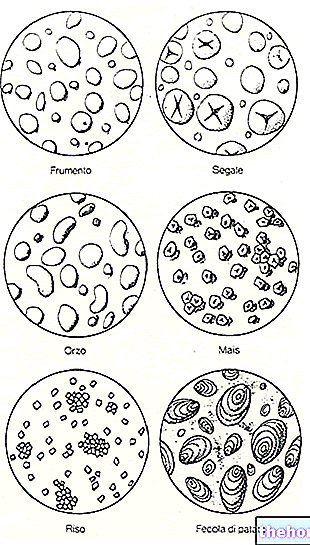
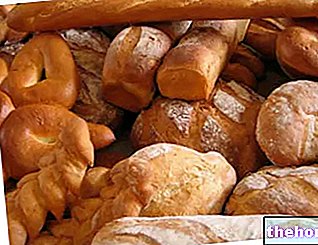
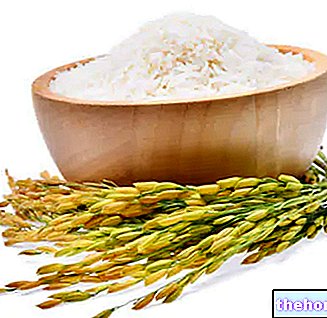
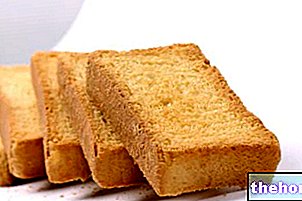
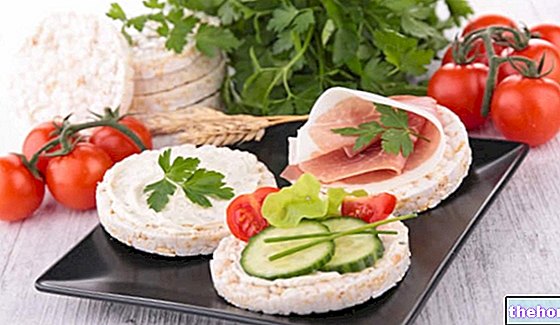
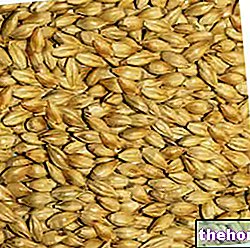









.jpg)











